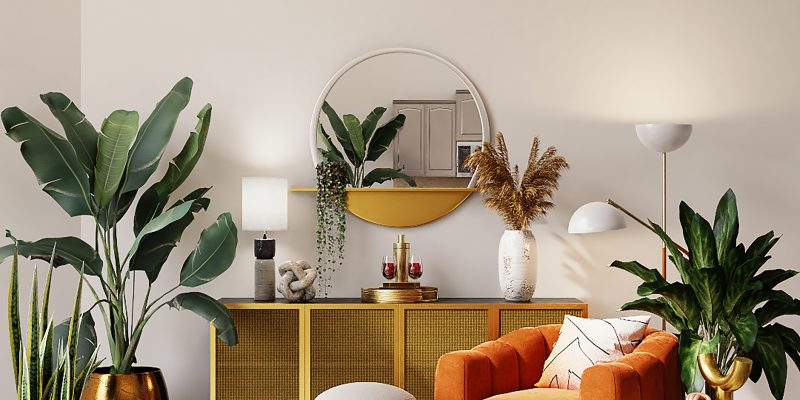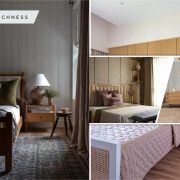When you set out decorating your home or apartment, it can seem like a gargantuan task with so many individual components. If you are trying to master your home’s interior design on your own without a professional pulling all the strings, these decorating tips can come in handy and are great general knowledge for every fledgling design enthusiast.
- Design Your Room Around Statement Pieces
A designer secret is to choose a statement piece or focal point in every room they are decorating and conceptualize the rest of the space around that one piece. It can be a stunning fireplace, a huge painting or art piece, or even a special piece of furniture like a custom-made bed. The chosen statement piece can provide plenty of inspiration in terms of color and texture for the rest of the pieces you choose for the space.
Contrast in colors and textures is a designer’s staple and it adds interest, dimension and a modernist appeal to any room. Needless clutter is no longer fashionable and most luxury homeowners prefer wide, open spaces where the décor objects are curated carefully with a certain purpose in mind.
- Let In The Light
Lighting is a supremely important aspect of interior design. From the sources of natural light like windows and skylights to artificial lighting fixtures, lamps and set ups, playing with the light to your advantage is a huge factor in bringing to life that designer appeal and vibe. Use the famous layering design technique for choosing lighting options from beautiful rustic or luxurious lamps to hanging chandeliers and lanterns. Your lighting solution should tie into the overarching design concept you are applying for your home whether it is contemporary, vintage, modern, rustic or any other style. Lighting fixtures are an opportunity to add some understated elegance and charm into the interior décor as they can be impactful but in a subtle way.
- Make A Basic Floorplan
If you are renovating a space and have decided to update all your furniture or are starting your decorating journey from scratch you will find that drafting a floorplan comes in very handy. It provides a bird’s eye view of the potential of the space you are working with and you can include details with measurements. When buying larger items like furniture or carpet, measurements are very important and you should have a list to start off with, so you are not picking up items or ordering them online without knowing in advance if they are small enough to work with the space.
Once you have the basics covered like furniture you can move on to plants, lamps, art pieces or other smaller décor items that bring forth your likes and passions in life. Thrifted furniture can be easily upcycled to update its look and old furniture can be reupholstered to completely change its vibe. For the sake of ease, start from the ground up when attempting a large scale interior design project all by yourself and consult experts such as Miami roofing contractors when you encounter any structural concerns.
- Classics Are Better Than Fads
A major mistake most first time home decorators do is follow new trends to the dot without taking into account how they will age or whether they will even be considered fashionable a year or two from now. When trying to emulate a real designer feel, choose classic colors and textures like leather, velvet, cotton or silk.
You may emulate an entire design category like the French Renaissance style for example but try to stick to neutrals or classics so that they look great even a decade from now. Having a neutrals palette in your general home décor scheme also means you will not need to update things like upholstery or carpeting with every changing trend.
- Real Life Logistical Concerns
Always factor in real life concerns when designing the décor of any space. The foot traffic that is to be expected as well as other practical considerations such as the number of people that will be occupants and what their individual needs and preferences are. For an open plan home design you will need to compartmentalize and make various zones that cater to each requirement individually. Using a software like interior design project management software can break down a mammoth task into manageable chunks especially if you have a team helping you or you are working with other people. It can be invaluable to prioritize certain tasks or orders so you can maintain a timeline.




















